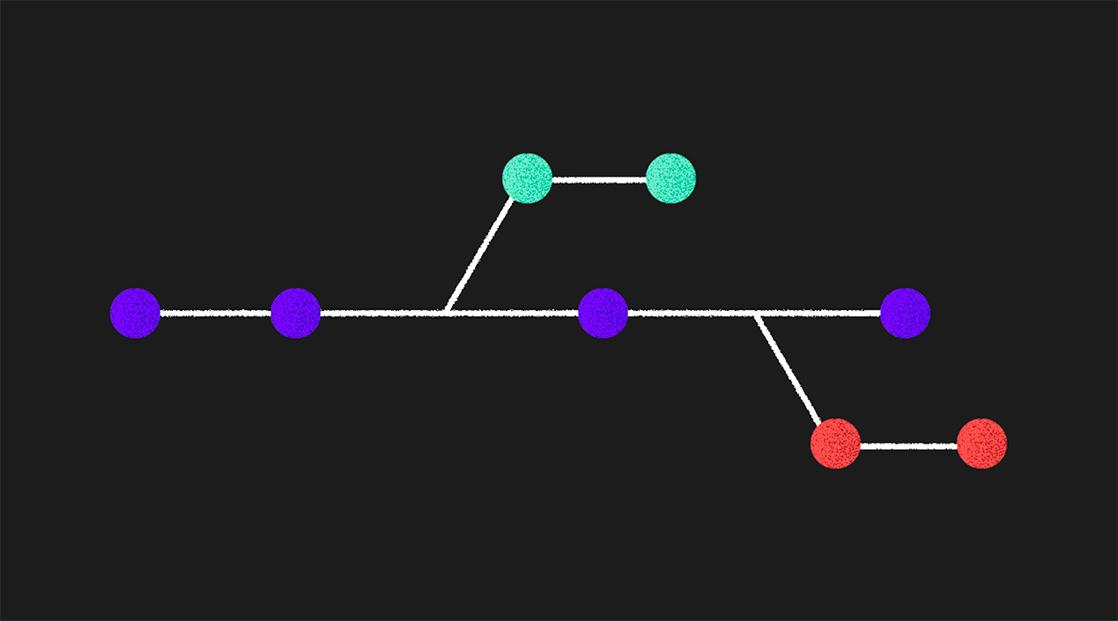Cracking the Code: Fixed-Price Project Success
Anamarija Macanga
2023-05-04
7min
PM
Discover how to successfully manage fixed-price projects in software development and design. Our top tips ensure high-quality results for all parties.
Fixed-price projects can be both a blessing and a curse for software development and design agencies. On the one hand, they provide clients with a clear idea of the cost of a project upfront, but they also come with their own unique set of challenges if not managed correctly. In this blog post, we'll share our top tips for successfully managing fixed-priced projects, from setting clear project goals and requirements to establishing open channels of communication with the client and development team.
Whether you're a seasoned project manager or a client looking to hire an agency for a fixed-priced project, the tips we share in this blog post will help you navigate the complexities of fixed-priced projects and deliver high-quality results.
Set clear project scope and expectations
The first and most critical step in managing a fixed-priced project is to set clear project scope and expectations. The scope of the project should be agreed upon with the client before starting any work. This includes the features, functionality, design prototype, and any other deliverables that the client expects from the project.
It's essential to document these requirements in writing and get a sign-off from the client before moving forward. Such a document is project specification - an essential part of managing fixed-priced projects. It should outline the specific requirements of the project, including the user stories, acceptance criteria, and any technical requirements. Include the rest of the team when creating specifications to ensure everyone is on the same page.
For the majority of projects in Cinnamon, we initiate discovery and technical workshops to comprehensively define the project scope.
Define the project timeline
Once you have a clear scope, you need to define the project timeline. This includes the start and end dates of the project, as well as any milestones or deadlines that need to be met.
In Cinnamon, fixed-priced projects are organized into milestones, each of which represents roughly 20% of the overall scope. This approach benefits clients financially, as they are not required to make a full payment upfront. Moreover, it enables them to monitor the progress of the project and the app's incremental development regularly.
While creating a project timeline it’s important to identify any potential roadblocks or risks that may affect the project's timeline and delivery. This includes any third-party integration, dependencies, or approvals from the client. By identifying these upfront, you can plan accordingly and mitigate risks to keep the project on track.
Define project architecture and tech stack
Defining the project architecture and tech stack upfront can help ensure that the development team is working with the right tools and technologies for the project. This will help avoid any delays or issues that may arise from using unfamiliar or incompatible technologies.
Cinnamon is committed to continuous improvement, however, when it comes to client projects, we opt for established technologies.
Estimate project costs
Having well-defined project scope, timeline, and technology stack in place, it becomes possible to estimate the project's cost. By having these key details in place, project managers and development teams can better understand the resources and expenses necessary to bring the project to completion.
This includes the cost of resources, such as developers, designers, and project managers, as well as any other expenses that may be incurred during the project. With a reliable cost estimate, you can make informed decisions about the project's feasibility and profitability. Make sure to factor in a buffer for unforeseen expenses or changes to the scope of the project.
Create a detailed project plan
With the scope, timeline, and cost estimates in place, you can create a detailed project plan. This should include all the tasks and activities required to complete the project, as well as the estimated time and resources needed for each task. The project plan should be reviewed and approved by the client to ensure that it aligns with their expectations.
Having a well-structured project plan is key to the success of any project, but sticking to it can be a challenge without the right tools in place. At Cinnamon, we rely on project management tools like Jira boards to keep our projects on track. By providing a centralized location for tracking progress, managing tasks, and facilitating collaboration between the development team and the client, these tools ensure that everyone is working towards the same goals and the project is progressing smoothly according to plan.
Monitor progress
Once the project is underway, it's essential to monitor progress regularly. This includes tracking the actual time and resources used against the estimates in the project plan, as well as tracking any changes to the project scope or timeline. Regular check-ins with the client can help identify any issues or concerns early on and ensure that the project stays on track.
Daily standup meetings are an effective method for keeping the development team informed and aligned with the project's status. These brief meetings help team members to discuss any challenges or obstacles they may be encountering, while also providing updates on their progress. By sharing information and addressing issues in a collaborative manner, daily standups help keep the team focused and on track toward achieving project milestones.
Communicate effectively with the client
Communication is key to the success of any project, but it's especially important in fixed-priced projects. You need to keep the client informed of progress and any issues that arise, as well as manage their expectations if there are any delays or changes to the scope of the project. Regular updates and status reports can help keep the client informed and build trust.
Zero bullshit is our motto - the client is in constant communication with the project team and knows the status of the project at any given moment. To ensure this, we establish open channels of communication between the project team and the client, allowing the client to stay informed of the project's progress at all times. We achieve this through regular weekly calls, weekly reports, and daily communication via email and Slack.
Be honest with clients in case of any blockers and warn them is something is down the road. This builds trust and ensures that clients are well-informed, allowing for more effective communication and problem-solving.
Manage scope creep
Scope creep is a common issue in fixed-priced projects, where the client requests additional features or changes to the scope of the project that was not originally agreed upon. Every change request impacts the timeframe and budget and therefore it has to be recognized, properly communicated, and realistically prioritized.
To manage scope creep, it's important to have a process in place for reviewing and approving any changes to the project scope. This may include revising the project plan and estimates to reflect the changes and getting a sign-off from the client before proceeding.
In conclusion, managing fixed-priced projects requires careful planning, clear communication, and effective project management. By setting clear expectations, estimating project costs, creating a detailed project plan, monitoring progress, communicating effectively with the client, and managing scope creep, you can successfully deliver fixed-priced projects that meet the client's expectations and achieve your business objectives.
Expect the unexpected
Despite your best efforts, something will probably go wrong at some point during the project. Whether it's a bug in the code, an unexpected change in requirements, or a global pandemic that disrupts everything, it's important to be prepared for the unexpected.
As the saying goes, "If something can go wrong, it will." The key is to be flexible and adaptable, so you can pivot quickly and keep the project on track. Having a contingency plan in place can help you quickly address any issues that arise and minimize the impact on the project. And who knows, you might even find yourself laughing about it later. After all, there's nothing like a good project war story to bond over with your team!
Subscribe to our newsletter
We send bi-weekly blogs on design, technology and business topics.


















